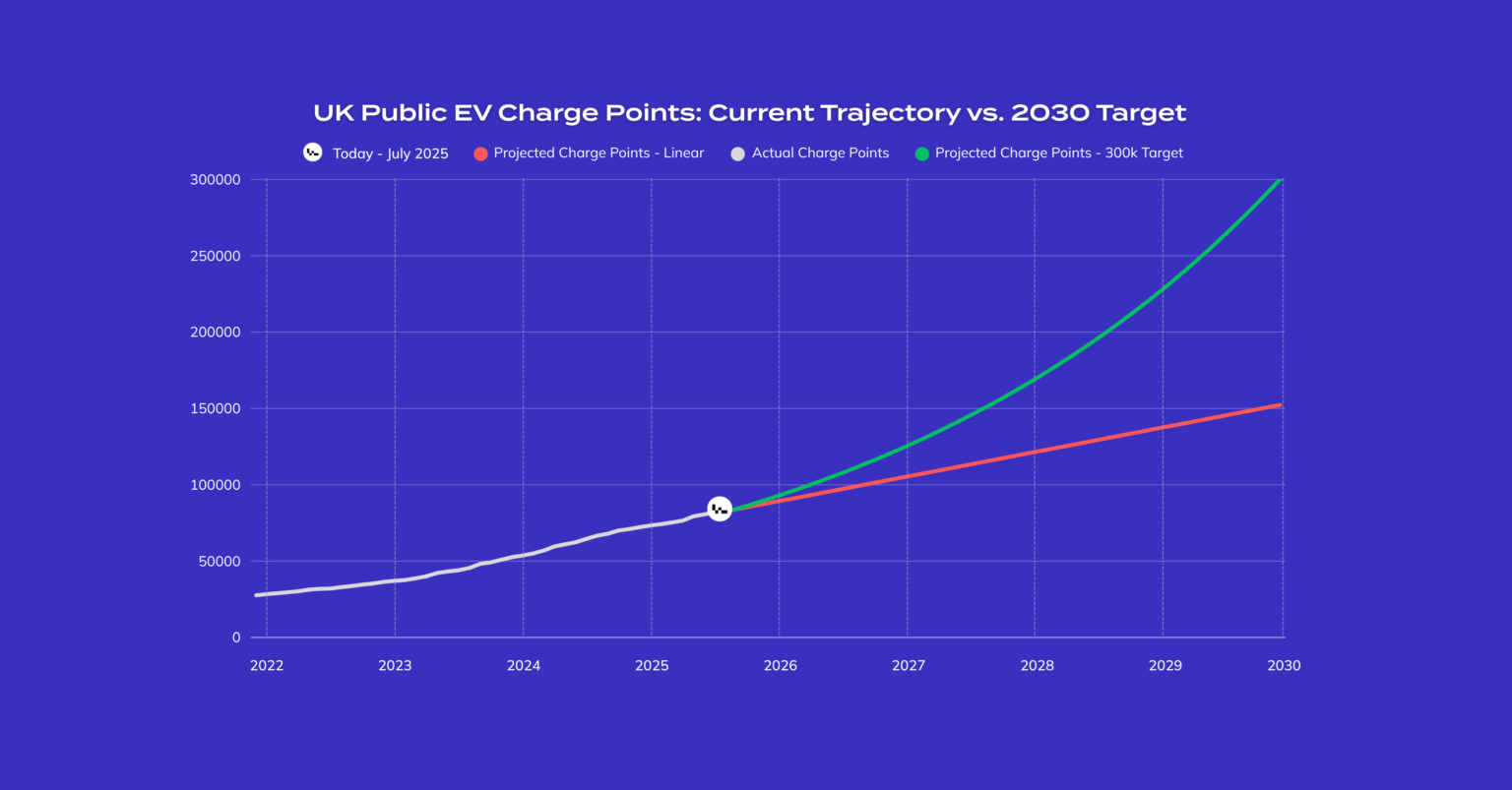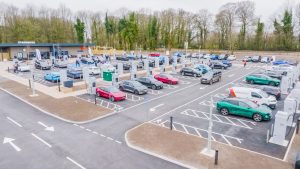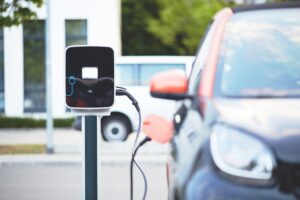July’s official statistics distributed by the Department of Transport using mostly ZapMap data put the public charger tally at 82,002 devices, a 44% increase on last year but a long way from the 300,000 points ministers say will be needed by 2030. If growth keeps drifting along at the recent monthly average of circa 1,250 devices, the country reaches only about 155 k by the end of the decade (Generously including 2030).
Everyone with a stake in e-mobility therefore faces the same question: how do we move from steady progress to genuine scale-up?
Why demand will not wait
The Zero Emission Vehicle mandate is now law. It compels manufacturers to make 22 percent of new-car sales zero-emission this year, rising each year to 80 percent by 2030. That legal pressure guarantees more battery cars on the road, which in turn guarantees a steeper charger requirement.
Parliament’s Public Accounts Committee has already warned that installation must “accelerate sharply after 2026” if the headline number is to be met. Trade body ChargeUK echoes the call, noting that reliable, consumer-friendly charging is central to public confidence and EV uptake.
The tools on the table
Policy is always trying to catch up, but it is up to the private sector to fill the gaps.
- A refreshed Rapid Charging Fund earmarks up to £400 million for high-power infrastructure on the Strategic Road Network.
- Local councils have access to LEVI support for on-street and destination charging, recently boosted by an extra £63 million.
- New Public Charge Point Regulations require contactless payment and 99 percent reported availability on rapid devices, driving investment into robust hardware and proactive maintenance.
These elements will help, but they also add layers of compliance that can sink timelines if projects rely on multiple subcontractors working in series.
Why single-source delivery matters
Formula Space was created to remove the pinch-points that routinely stall charger rollouts:
- Future proof charger foundations cut install times and future-proof any site for the next generation of charging hardware, which is often just around the corner.
- Modular buildings, charger canopies, CCTV and lighting are shipped together from one team, cutting interface risk between vendors, trimming weeks off programme charts and cutting margin heavy intermediaries.
- Bay marking, PAS 1899-ready wayfinding signage and totems are colour-matched and factory finished, so compliance does not have to be retro-fitted on site.
- Crash protection and CableGuard™ cable theft defence keep assets online, directly supporting the 99 percent uptime rule and protecting operator revenue.
In short, a single-source solution pulls civil works, branding, security and customer experience into one contract, one delivery window and one warranty.
Evidence in the field – Evyve Charging Network
Similar to CPOs across the country and Europe, Evyve’s rapid-growth plan was outpacing its internal delivery team.
To keep new hubs on schedule, the operator needed a partner that could slot straight in and shoulder the above-ground workload without hand-holding. Formula Space became that extra capacity. Our team supplied bay marking, charger wrapping, directional signage and more as a single, co-ordinated project with no multi-vendor choreography to slow things down.
Scaling EV hub delivery at pace comes with real challenges, particularly when it comes to maintaining standards and keeping programmes on track. Explains Ben Pinder, Operations Manager at Evyve. We’re moving fast with our rollout and hitting those numbers means every partner has to match our pace. Formula Space did exactly that: their single-source package for bay marking, signage, crash protection and security slotted straight into our build programme, kept standards tight and freed our team to focus on the next wave of hubs.
Watch the release video and full details on the Evyve Charging Network site spotlight here.
Closing the gap
The numbers speak for themselves. To climb from 80 k to 300 k public chargers, Britain must triple its monthly rollout pace over the next five years. Funding, regulations and OEM momentum are all pushing in the right direction, but the target will only be met if projects are delivered with factory-grade efficiency. Turning disparate site components into a repeatable, modular kit is how we keep the rollout on the steeper line in our graph.
Scaling fast is no longer a matter of enthusiasm; it is the difference between meeting a legal mandate and watching driver confidence stall. The good news is that the playbook exists and every day spent streamlining delivery helps move the industry from that solid 80k baseline toward the 300k target.
Sources:
- Department for Transport – Electric vehicle public charging infrastructure statistics: July 2025
- Department for Transport – Government sets out path to zero-emission vehicles by 2035
- House of Commons Public Accounts Committee – Public charge points for electric vehicles (Report, 2025)
- ChargeUK – Accelerating the roll-out of public charge points (Position statement)
- Department for Transport – Electric vehicle charging infrastructure on the strategic road network (Rapid Charging Fund)












